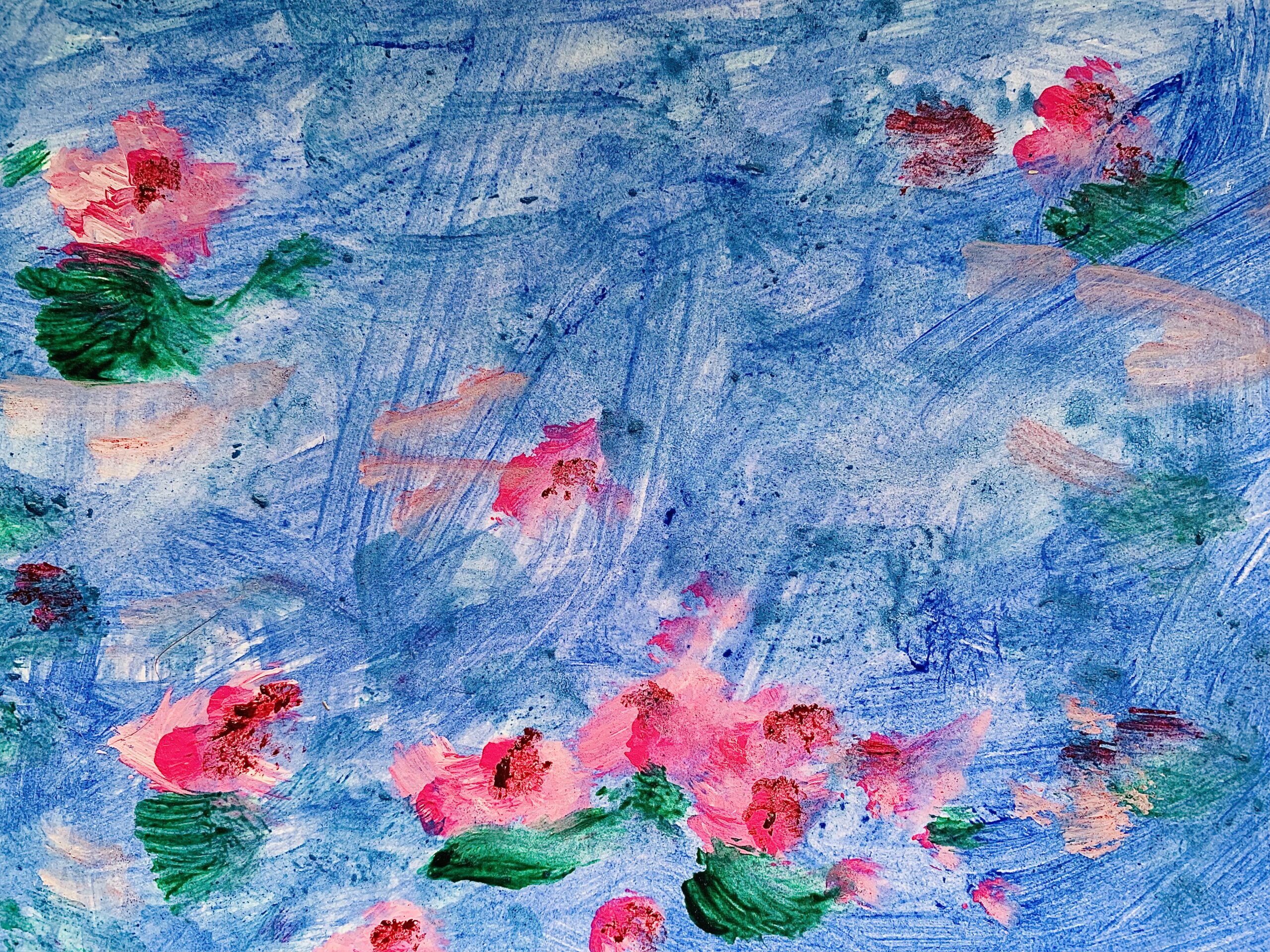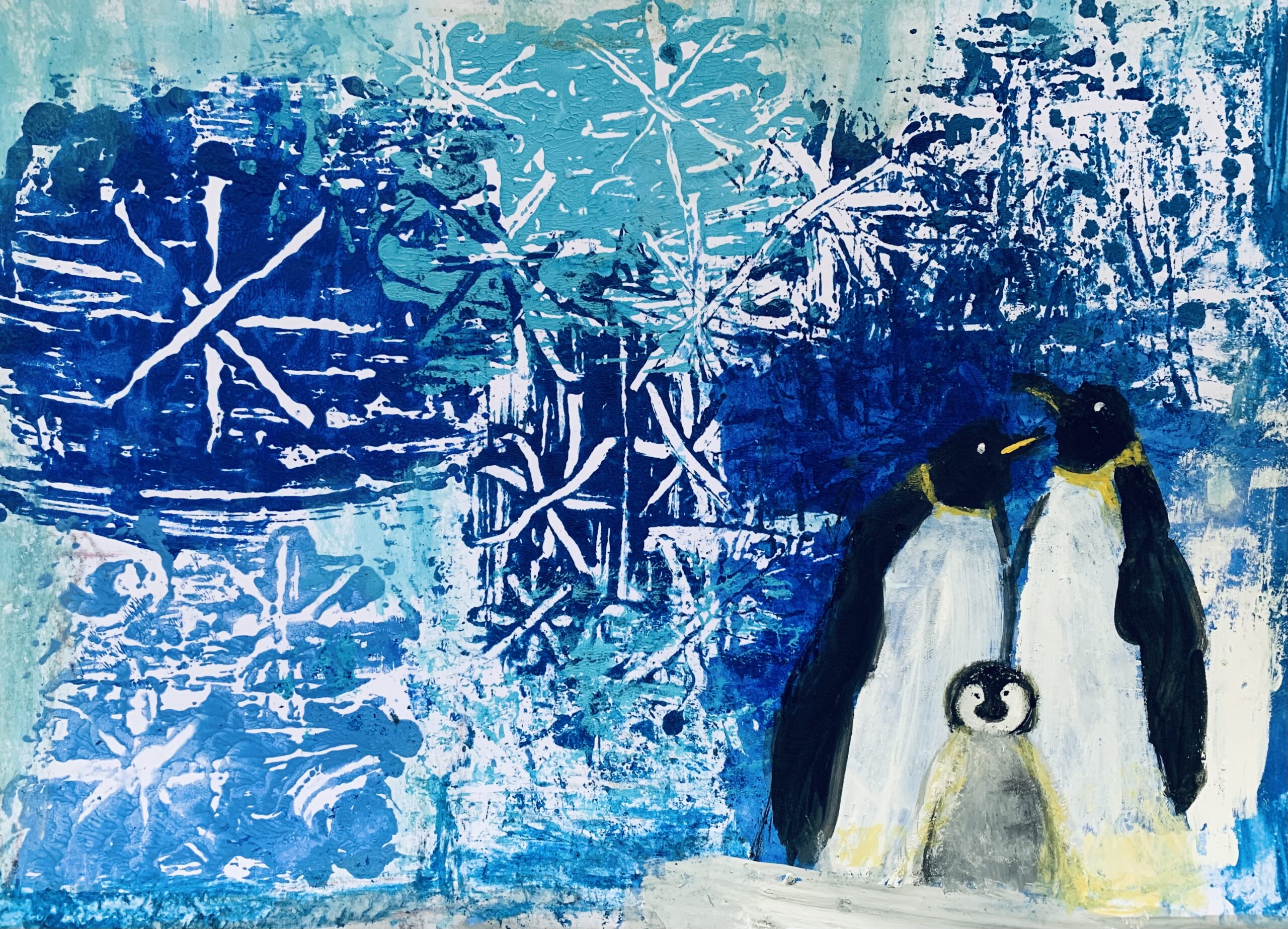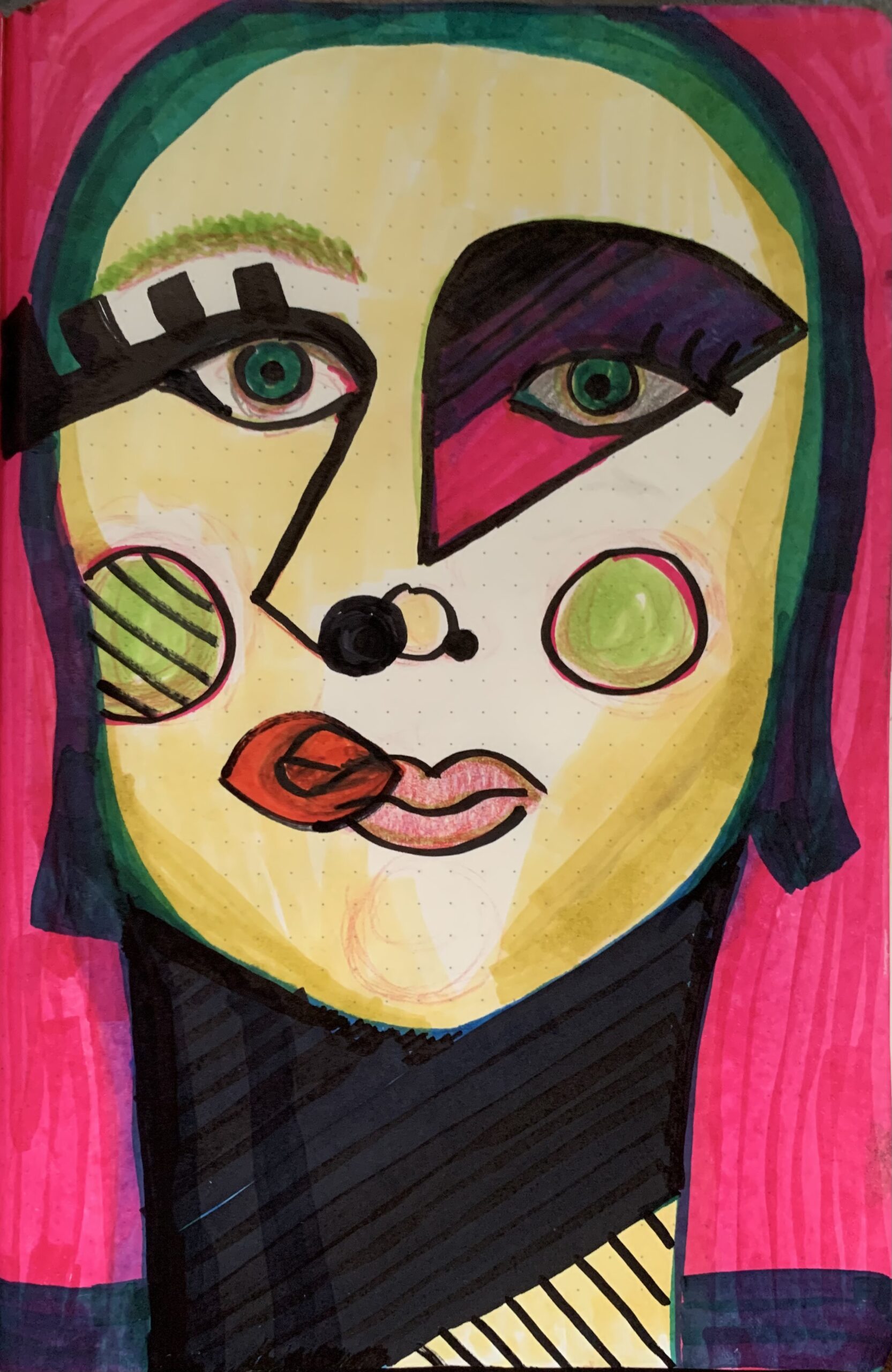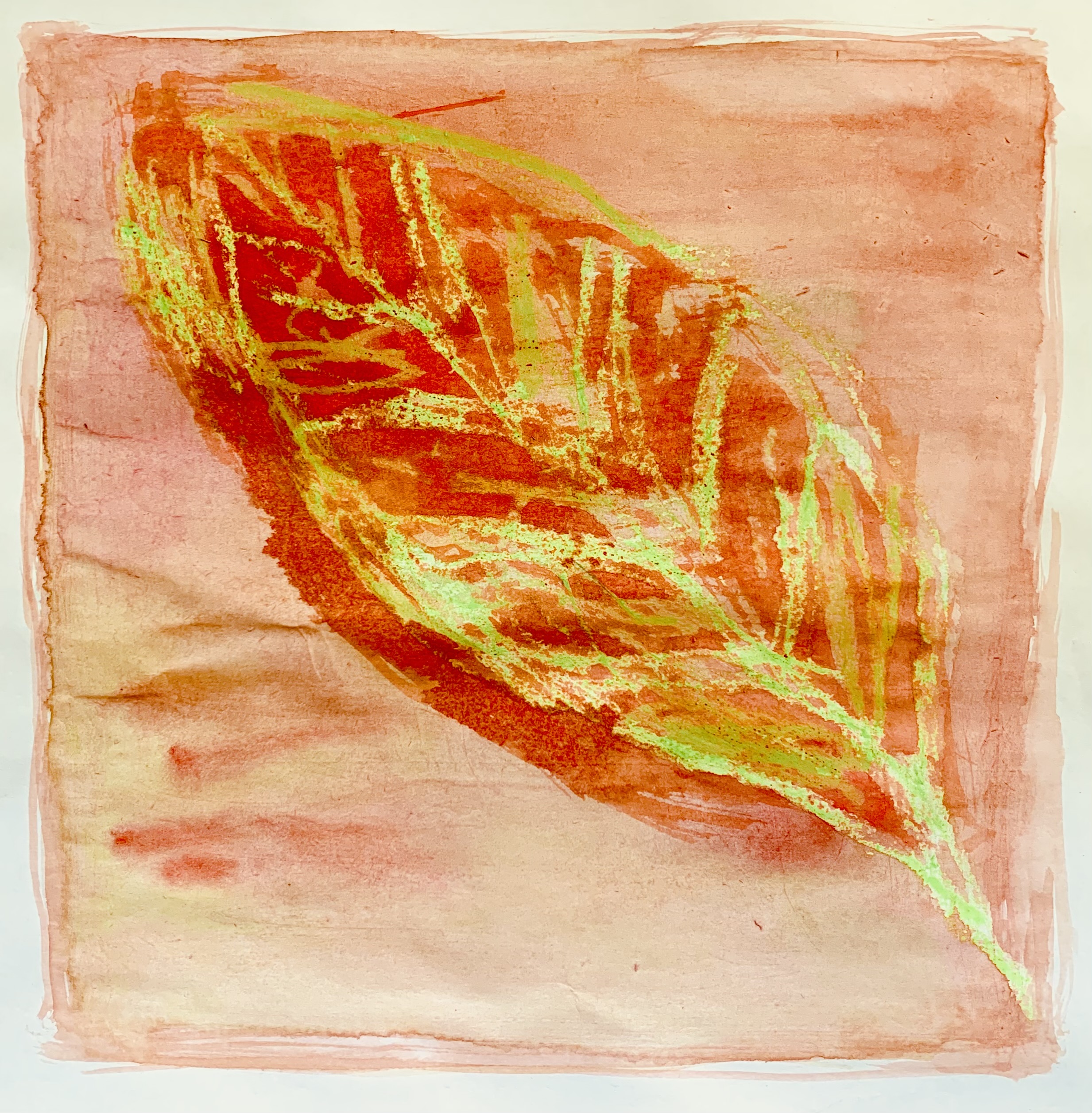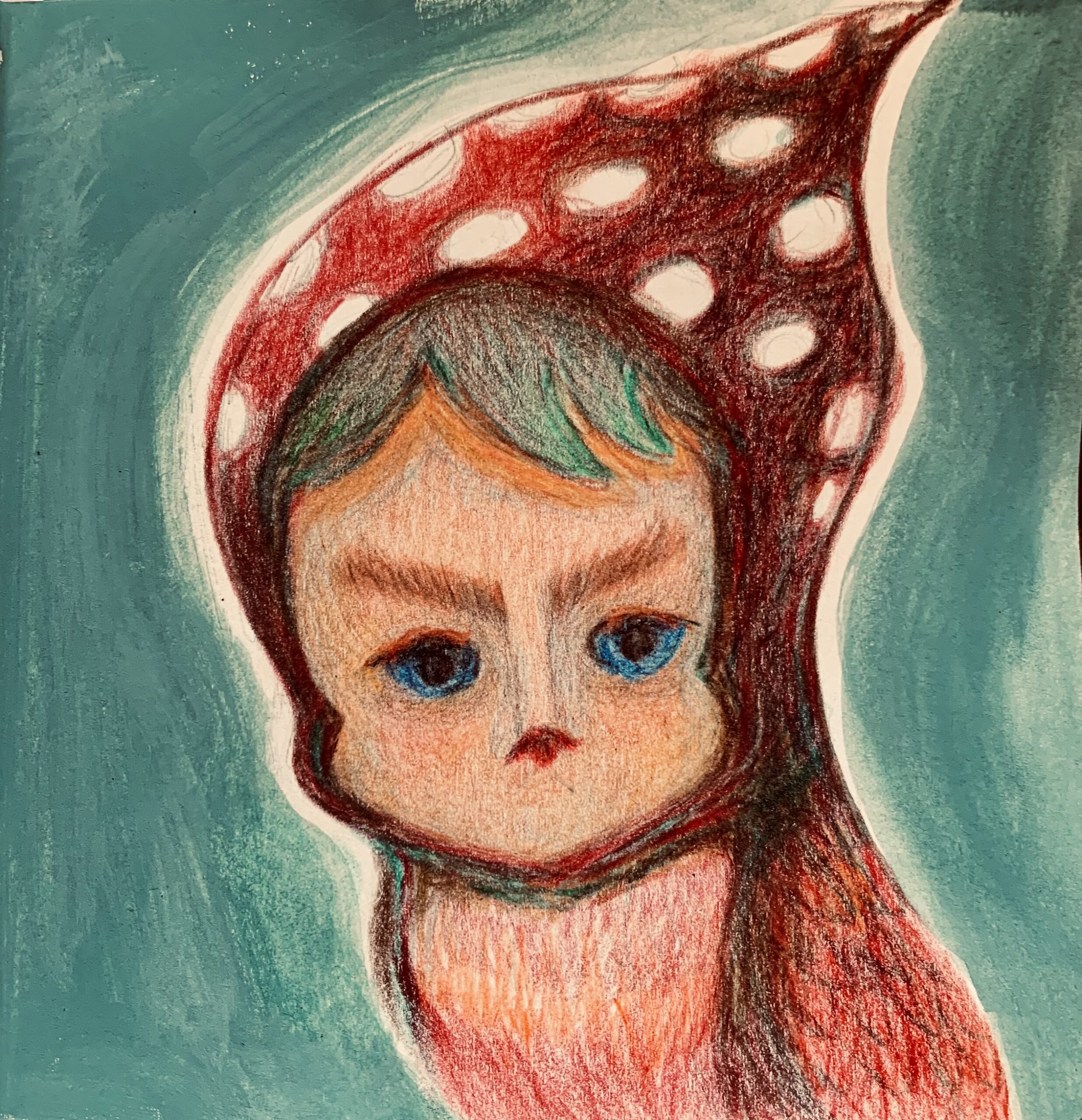Hey there, young artists! Have you ever looked at a painting and felt like it was so beautiful, you could almost feel the breeze or smell the flowers in it? Well, that’s the magic of Impressionism – a special kind of art that was all about showing how things look and feel in a moment, rather than making them look perfectly real. And at the heart of this movement was one amazing artist: Claude Monet.
Who Was Claude Monet?
Claude Monet was a French painter who lived a long time ago, in the 1800s and early 1900s. He’s often called the father of Impressionism because he started painting in a way that was completely different from what people were used to. Instead of painting everything with tiny details, Monet used quick, soft brushstrokes to show the feeling of light, color, and nature.

Monet loved to paint outdoor scenes. His favorite subjects were gardens, water lilies, flowers, and the sky. He found beauty in the world around him, and he wanted his paintings to capture that beauty in a way that made people feel like they were there, experiencing it.
What is Impressionism?
You may be wondering: what exactly is Impressionism? Well, imagine you’re looking at a sunny garden. The flowers are bright, the trees are green, and the sunlight is shining through the leaves. But if you try to focus on every little detail, the magic of the moment might get lost.
Impressionist artists like Monet wanted to show us what things felt like in a single moment. Instead of making every petal and leaf perfect, they used loose, quick brushstrokes to capture the feeling of light and color. Their goal was to show the impression of a scene, not the exact details. They painted how the sunlight danced on the water or how the clouds looked when they were moving across the sky.
Monet’s Famous Paintings
Monet’s most famous paintings are of his beautiful garden and pond at his home in Giverny, France. One of his most famous series is called Water Lilies, where he painted a pond covered with pretty flowers and the reflections of trees and the sky.

Another famous painting by Monet is Impression, Sunrise. In fact, the name “Impressionism” comes from this very painting! When people first saw it, they didn’t understand what he was doing because it was so different from what they were used to. But they started calling his style “Impressionism,” because the painting gave an “impression” of the scene instead of an exact copy.
Why Was Monet’s Style Special?
Monet’s style was very special because he didn’t worry about making everything perfect. He painted quickly, often finishing a piece in just a few hours, because he wanted to catch the exact moment he was seeing. The colors in his paintings are bright, and sometimes they look a little blurry or unfinished – but that’s what makes them feel alive! The sunlight, the flowers, and the reflections in the water seem to sparkle as if they were moving.
Monet also loved to paint the same scene at different times of the day and in different seasons to see how the light changed. For example, he might paint his garden in the morning when the sun is rising, and then paint it again in the afternoon when the sun is high. Each painting looks a little different because the light changes everything.
How Can You Try Impressionism?
Want to create your own Impressionist masterpiece? Here are some fun ideas to try:
- Paint Outdoors: Find a beautiful spot outside – maybe a garden or a park. Look around you and notice the light, the colors, and the shapes. Instead of focusing on every detail, try to paint just the feeling of the scene.
- Use Bright Colors: Impressionists loved using bright, vibrant colors. Try using bold blues, yellows, and greens to show how the light makes the world look so colorful.
- Quick, Loose Brushstrokes: Instead of painting with tiny, careful strokes, try making quick, loose strokes that capture the moment. You can even try blending the colors together to make them look like they’re moving!
- Change Your View: Try painting the same scene at different times of the day. How does the light look in the morning compared to the afternoon or evening?
The Magic of Monet’s Art
Claude Monet’s art shows us that there’s beauty in the world all around us – if we just take the time to look closely and feel the moment. His paintings remind us that art doesn’t have to be perfect to be amazing. Sometimes, the best art is the one that makes you feel something deep inside.
So next time you’re outside, look at the flowers, the trees, the sky, or the water. Who knows? Maybe you’ll see the world the way Claude Monet did – full of light, color, and beauty just waiting to be painted!
Happy painting! 🎨
Class Activity: Creating Impressionist Art (20 minutes):
Activity Instructions (10 minutes):
Step 1: Show students how to paint like an Impressionist using short, quick brushstrokes and focusing on color rather than fine details.
Step 2: Assign a theme for the students’ paintings (e.g., a garden, a landscape, or water).
Step 3: Allow students to use bright colors and focus on capturing light and color variations.
Students Create Art (10 minutes):
Have students use paints and brushes to create their own Impressionist-style artwork. Encourage them to experiment with colors and brush techniques.
Conclusion (5 minutes):
Gallery Walk: After students finish, have them walk around the room to observe their classmates’ paintings.
Reflection: Ask students how Monet’s style differs from traditional realistic painting and how they felt about using quick brushstrokes to create their work.
Assessment:
Informal assessment during the gallery walk: Observe students’ participation and engagement with the artwork.
Optional: Have students write a brief reflection on what they learned about Monet and Impressionism.


